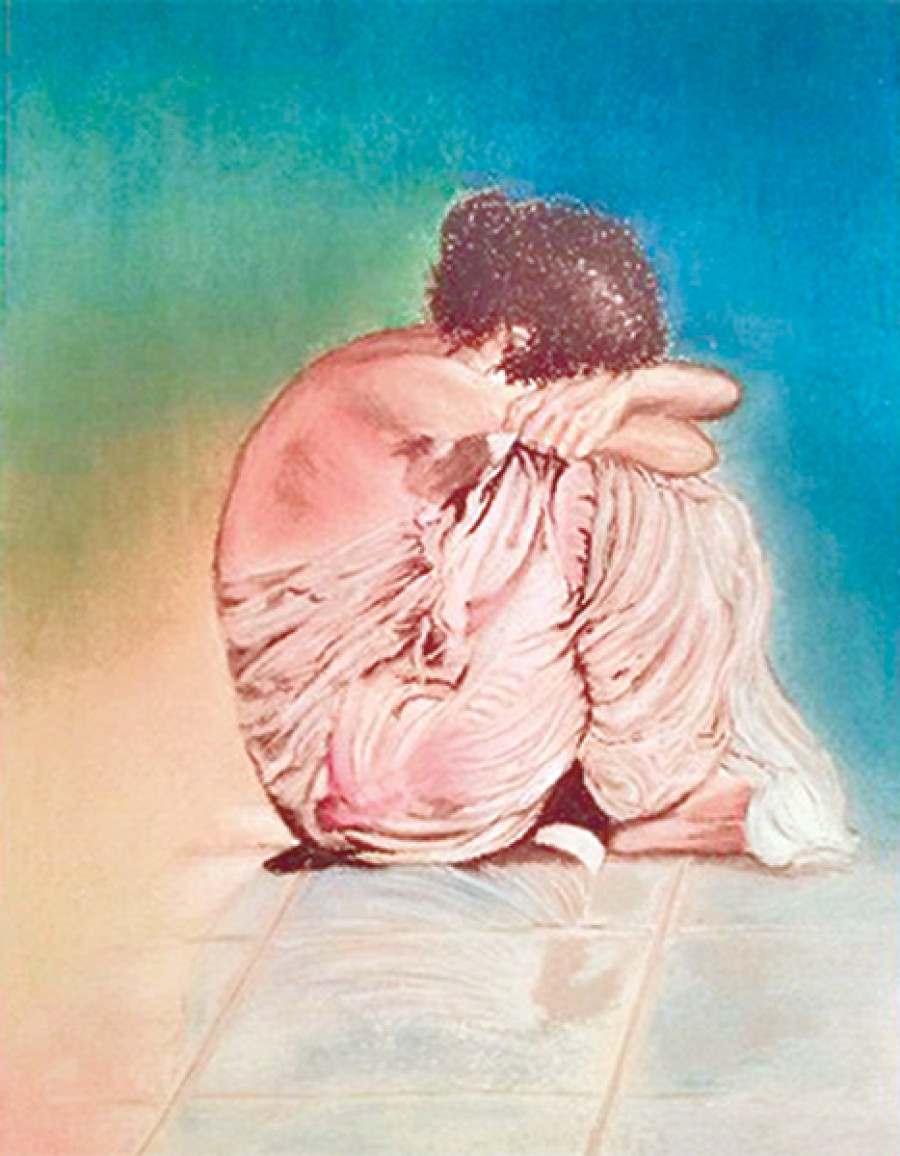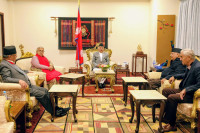Opinion
Girls are the future
It is time to unlock the potential of girls in Nepal and support their empowerment
Gail Marzetti
The tagline of the Nepal Girl Summit scheduled to be held today by the government of Nepal is ‘Girls are the future of Nepal’. The event will shine a light on the position and possibilities of girls in Nepal. To develop the country, you have to let girls and women, who make up 51 percent of the population, reach their potential. And to achieve this, we need to find new ways to understand the barriers Nepali women and girls face and the best way to address them. In this process, we often have to ask ourselves difficult questions about the meaning of empowerment, and what empowerment might look like at the individual level.
Continued invisibility
For me, empowerment should be about choice. Women and girls should feel that they are in control of their lives, be able to make decisions about issues that concern them, and be free from the fear of violence, social stigma and being shut out from opportunities. This can only happen if women and girls have choices available to them which, too often, is not the case. In Nepal, limitations are placed on women and girls from birth in terms of access to education, health care and public space. They are deemed less worthy of opportunities and investment as the expectation is that they will marry young and contribute to their husband’s household. This does girls a tremendous disservice. Denying a girl education by marrying her off early reduces the choices available to her. It places girls in a vicious cycle, which limits their ability to engage in the economy and have their voices heard. As a result, women remain invisible outside the household.
More than that, teaching young girls that their worth lies in marriage undermines their aspirations. When I travel through Nepal, it is clear to me that women and girls want more than what they are told they can do. Women want to start businesses, move to cities or become entrepreneurs. They have a diversity of aspirations which contradict the gender stereotypes that lock women out of traditionally male-dominated fields. We need to engage with girls and women directly to understand their real aspirations. If we could remove the barriers that stop women from progressing and unlock their potential, the possibilities of what they could achieve and contribute to Nepal would be enormous.
This is easier said than done as those who are working for women’s rights well know. Discriminatory ideas of what girls and women can and cannot do are deeply entrenched in Nepali society and permeate all aspects of daily life. For example, because I am a female head of agency who often works with the British ambassador, it is often assumed that I am his wife when we travel or attend meetings together, especially when we are in rural areas. While things are improving for girls and women, there is no denying that we still have a long way to go. The question is how we begin to address these assumptions. My view is that it should be a joint effort between women and men. Addressing women’s inequality cannot be done without the genuine participation of boys and men.
Wider potential
Arguments against more equal power relationships between men and women often centre around how woman and girls should behave, that a woman’s place is in the home, and that good girls need be demure, modest and docile, rather than the wider benefits of allowing girls to reach their potential. However, there is a lot of evidence to show that when women are empowered, economies grow, countries flourish and families thrive. When women have access to the same opportunities as men, they are better placed to participate in their economies and drive long-term positive change in their communities. The empowerment of women and girls makes sense on so many levels. We cannot live in a world where more than half of the population is left behind, unable to meet their potential.
In Nepal, girls are disadvantaged by traditional practices and limited mobility. Women and girls do not have the same access to public space as men, a fact which is perpetuated by practices like the segregation of women and girls during menstruation, the stigmatisation of widows, early marriage, the dowry system and gender-based violence. Nearly half of all women aged 20-49 years entered a marital union before their 18th birthday. An estimated 1.3 million girls in Nepal are at risk of being married as children. Girls married before the age of 18 are at a higher risk of sexual violence, domestic violence and health complications due to early pregnancy. Imagine what we could achieve if, instead, those 1.3 million girls had access to the same opportunities as boys. It is, therefore, great that Nepal is hosting its first Girl Summit to emphasise this urgent issue. I look forward to being involved in this great event. It is time to empower women and girls in Nepal, and support them for their sake and the sake of the country.
Marzetti is Head of Department for International Development (DFID)




 12.12°C Kathmandu
12.12°C Kathmandu











